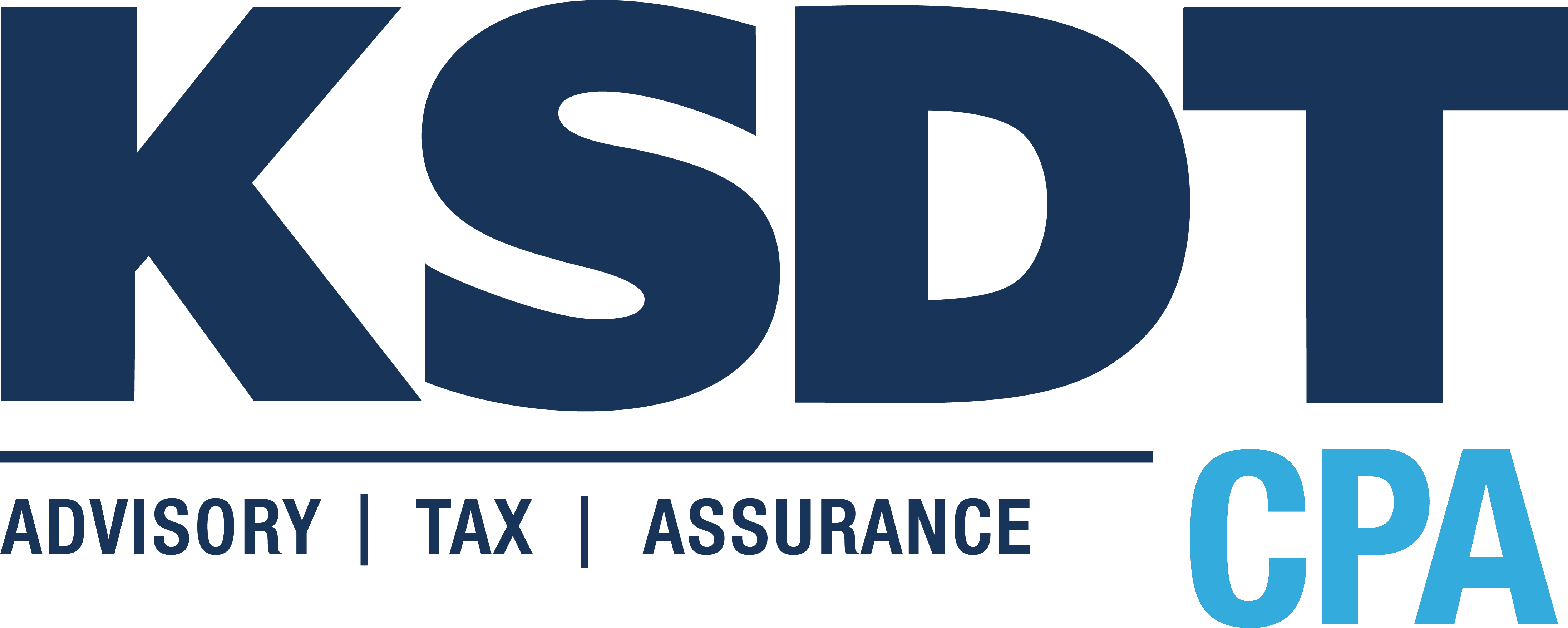
3 Essential Metrics for a Smarter Marketing Spend
The only way to get smarter about how to invest your marketing dollars is to document and measure what’s happening now in your business. What you’ve measured, you can then improve.
Marketing Spend
The first step to measuring what you spend on marketing is to aggregate all of the costs. They may be in one account or several. Some of the places to look for marketing expenses include:
- Advertising – for online or print ads, trade shows, sponsorships, and other advertising costs
- Dues and subscriptions – for membership fees to networking and professional associations
- Education – for marketing training
- Marketing – for obvious reasons
- Office supplies – for graphics subscriptions and fees
- Payroll, salaries, and wages – for allocation of employee time spent on marketing projects
- Printing and postage – for flyers and direct mail
- Professional fees – for marketing consultants, coaches, designers, and writers
- Software/Technology – for marketing software and apps
- Travel – for trade show or conference attendance
Once you have aggregated all of these costs, you’ll have a good idea of what you’re spending on marketing and you can calculate the first metric, marketing spend. The formula is
Total marketing costs / total gross revenue = Marketing spend
This gives you a percentage.
Most companies spend five to ten percent on marketing. Higher growth companies will spend close to ten percent, and stable growth or slow growth companies will spend close to five percent. Large companies will spend more, from nine to 12 percent of gross revenues, than small companies.
CAC – Cost to Acquire Customer
Probably the most important metric for marketing is how much it costs on average to acquire one customer. To compute this, count the number of new customers for any period of time, and use this number in the following formula:
Total marketing costs / number of new customers = CAC
A more granular version of CAC is CPA, cost per acquisition. Unlike CAC, CPA is measured by campaign or marketing channel, or the source of how the customer was acquired. Example marketing channels include email marketing, social media, and paid ads, to name a few.
Revenue per Customer
Revenue per customer is a good measure in many companies. It can tell you how much, on average, a customer will spend at your company over a period of time, adding up all of the orders, projects, visits, or engagements for that customer. The formula is simple:
Total revenue for a period / total number of customers for the same period = Revenue per customer
A similar metric that’s valuable is how much a customer will spend at your company in their lifetime. That’s called CLV or customer lifetime value. Use the same formula above but compute it based on the longest period of time you have records for.
When you can compare revenue per customer or CLV with CAC, you can determine how much you can afford to spend to acquire new clients.
The team at P.T. Anderson Accounting can help you calculate these metrics so you can become wiser about how to invest your marketing dollars.



